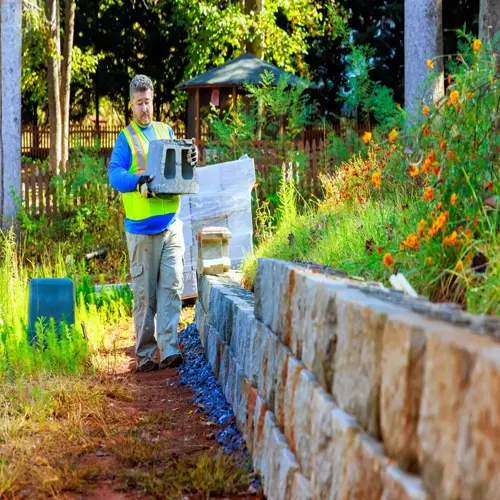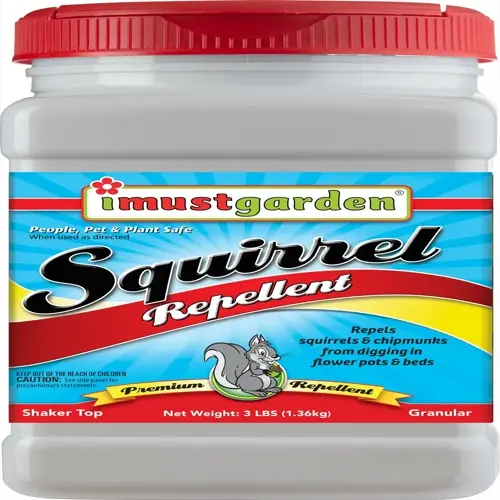What natural alternatives work for frost insulation?

Written by
Benjamin Miller
Reviewed by
Prof. Samuel Fitzgerald, Ph.D.Natural alternatives provide excellent frost protection when done correctly. Straw mulch placed around the plant base holds heat in the soil. Burlap wraps are ideal for breathable wrapping around shrubs. Containers of water can be exposed to the sun during the day to absorb heat and, theoretically, emit heat through the night. All methods utilizing natural materials offer protection without relying on synthetic forms of insulation.
Straw is most effective and helpful if applied properly. Once you experience your first hard freeze, mulch or straw a 4-6 inch layer of straw around the base of your plants. Applying straw at this time of year will prevent rodents from nesting. Make sure not to mound straw against the stems to avoid rot. Straw should be replenished after every heavy rain. Oat straw, in my experience, is the best material for insulating properties.
Straw Mulching
- Apply 4-6 inch depth around root zones
- Extend 12 inches beyond plant dripline
- Combine with compost for nutrient release
Burlap Wrapping
- Wrap trunks from base upward
- Stuff gaps with dry leaves for extra insulation
- Secure with biodegradable twine
Thermal Mass Setup
- Use dark-colored water jugs
- Place near valuable plants before sunset
- Refresh water daily for maximum heat storage
When handled appropriately, snow offers remarkable insulation. Six inches of snow is like a natural insulating blanket for plants. It's best not to remove light snow from perennials altogether. For heavy snowfall that bends the branches, light brushing is fine. I gauge snow depth to assess the level of protection.
Utilize a combination of natural techniques for enhanced protection. Put water jugs in straw-mulched locations. By wrapping burlap over the mulched root areas, you can add an extra layer of protection against extreme cold temperatures. Keep a close eye on the temperature so you can apply the methods as needed during winter.
Remove natural insulation gradually in the spring season. As the weather warms, use a rake to pull back straw. Unwrap burlap as daytime temperatures stay above the 45°F range. Don't forget to store things well for reuse. Keeping the same items year after year promotes resource conservation and provides continuity in the garden's seasonal aesthetic.
Read the full article: How to Protect Plants from Frost Effectively

